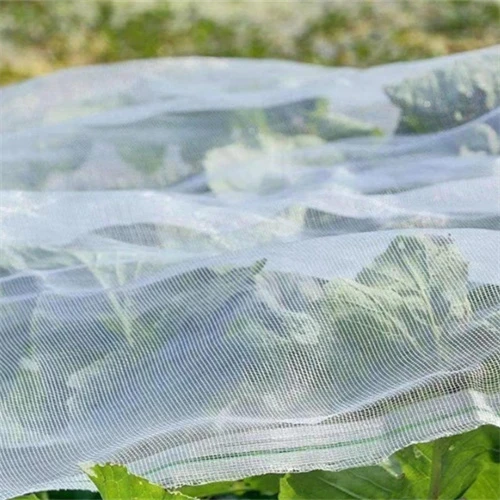Effective Insect Nets for Sustainable Agricultural Practices and Crop Protection
Insect Nets for Agriculture A Sustainable Solution for Pest Control
In recent years, the agricultural industry has faced growing challenges due to the increasing prevalence of pests and diseases that threaten crop yields. Traditional methods of pest control, such as chemical pesticides, can have detrimental effects on the environment and human health. As a result, farmers are exploring alternative, sustainable methods to protect their crops. One innovative solution gaining traction is the use of insect nets in agriculture.
Insect Nets for Agriculture A Sustainable Solution for Pest Control
One of the primary benefits of using insect nets is the significant reduction in the need for chemical pesticides. With effective pest exclusion, farmers can minimize or even eliminate their reliance on harmful chemicals, leading to safer food production and a healthier ecosystem. This is particularly important as consumers become increasingly aware of food safety and the environmental impact of agriculture. By adopting insect nets, farmers can appeal to the growing demand for organic and sustainably sourced products.
insect net for agriculture

In addition to reducing pesticide use, insect nets can enhance crop yields and quality. Pests, such as aphids, whiteflies, and caterpillars, can cause substantial damage to crops, leading to reduced harvests and financial losses for farmers. By using insect nets, farmers can protect their crops from these threats, resulting in larger, healthier harvests. Furthermore, nets can also deter larger pests, such as birds, that may feed on fruits and vegetables, further safeguarding the crop.
The application of insect nets is versatile; they can be used in various farming systems, including greenhouse agriculture, open-field cultivation, and gardening. For greenhouse operations, insect nets can be integrated into the structure, providing a continuous barrier against pests. In open fields, the nets can be draped over plants or used to create protective tunnels. This flexibility makes them a suitable option for farmers of all scales, from small family farms to large commercial operations.
Moreover, insect nets contribute to the promotion of biodiversity in agricultural landscapes. By reducing chemical applications, these nets create a more balanced ecosystem, allowing beneficial insects, such as pollinators and natural predators of pests, to thrive. This contributes to a resilient agricultural system that can withstand various threats, including climate change and pest outbreaks.
In conclusion, insect nets represent a promising and sustainable solution for pest control in agriculture. By reducing pesticide use, enhancing crop yields, and promoting biodiversity, these nets can play a vital role in ensuring food security and environmental sustainability. As agriculture continues to evolve and face new challenges, innovative tools like insect nets will be essential in shaping a healthier future for farming.
-
The Versatility of Stainless Steel Wire MeshNewsNov.01,2024
-
The Role and Types of Sun Shade SolutionsNewsNov.01,2024
-
Safeguard Your Space with Effective Bird Protection SolutionsNewsNov.01,2024
-
Protect Your Garden with Innovative Insect-Proof SolutionsNewsNov.01,2024
-
Innovative Solutions for Construction NeedsNewsNov.01,2024
-
Effective Bird Control Solutions for Every NeedNewsNov.01,2024












